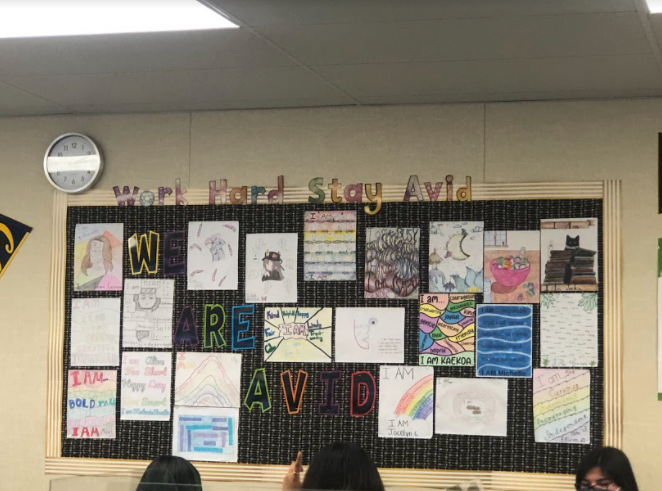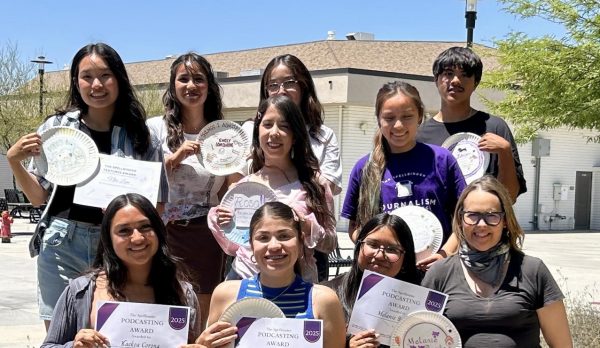What is AVID?
The AVID program has been a part of Middle College High School’ s curriculum for over a decade.
Do students have the right idea about AVID?
When you hear tutorials, focused notes, and college prep, you probably thought of the one program that holds all this important information wrapped together, AVID.
Origin
Just like everything else, AVID has its own history. AVID goes back to the 1980s when segregated schools were coming to an end and reuniting. English department head and teacher at Clairemont High School in San Diego, Mary Catherine Swanson, started AVID as “a secondary school program that prepares underachieving students for four-year college entry.” When schools united white students and students of color, Swanson noticed that her students of color were suffering more than the white students. Their struggles had nothing to do with if they could keep up; they just didn’t receive the same support that white students had previously received and that is why Swanson started AVID. Swanson wanted to help all of her academic middles, first-generation, and underrepresented students because she “believed if students were willing to work hard she could teach them the skills needed to be college-ready.”
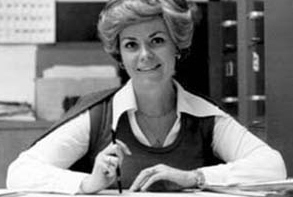
MCHS teachers’ viewpoints of AVID
Kathleen Peterson believes AVID is a system of support.
“To me, AVID is a support system for students. It is there to provide support for their current academic classes, and to allow them to research areas that pertain to their futures, such as majors and careers, and to find colleges that are a good match for each student,” she said.
Micah You thinks AVID should help students be successful in all parts of their life.
“AVID is an all-encompassing class that teaches students to be successful in multiple aspects of life. (Or at least that is my hope and goal), ” he said.
Jaclyn Hariri views AVID as a way to teach and guide students in things that will help them be successful in life.
“AVID is a place for students to go and master necessary skills for not only what they are currently doing you know in high school and college classes but also careers.” She goes on to give an example, “a lot of schools that don’t have AVID give you a bicycle and say “okay ride this” and you’re like “I have never…” AVID is really showing you “here is a bicycle, I am going to show you strategies on how to be successful in trying this out,” she said.
Amy Holte sees AVID as a way to level the playing field.
“AVID, it’s more than college readiness. We are teaching a hidden curriculum that students need to be college and career-ready. Especially for first-generation college-bound students, we strive to close the achievement gap between students whose parents have also already gone to college and may already know how to navigate the system.’
AVID’s Agenda
AVID is a great help to all students in high school, but is there a specific plan that we have to follow in AVID to be successful? Our AVID teachers and students each explain what students should expect to learn each year.
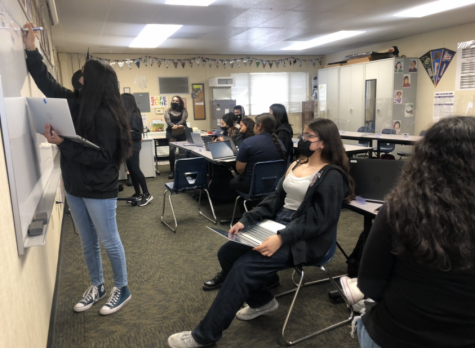
Freshman Suyami Bermudez explains that in her AVID class they are learning how to do tutorials, learning about college, and thinking about their future careers but also learning how to take notes. Freshman Oscar Hernandez adds that they are also learning time management and organization skills.
Holte explains what AVID should contain in every year.
“3 main categories. Opportunity knowledge; learning about college, majors, and careers. Student agency; intrinsic motivation and self efficacy. The ability to know you can do well on things, I want students to have that intrinsic knowledge of ‘I do know how to study,’ ‘I do know how to prepare for this test,’ ‘I do know how to ask for help,’ and ‘I do know how to advocate for myself.’ And rigorous academic preparedness; strategies for writing, focus notes, reading, how to annotate a text, what’s the purpose of annotating, inquiry; how do you critically think,” she said.
Peterson describes junior AVID as a stepping stone for senior year.
“For AVID 11 we focus on college research, which includes each student finding a college with the right major, that has the right size of a student population, is in an area that is a good fit, and so on. We search for scholarships. We have college representatives present to our classes. We discuss financial aid. All of this helps students so they are ready the first month of senior year for college applications.”
And senior year AVID revolves around applying for FAFSA and college applications.
You all know that in life, not everything goes the way we want it to. In AVID, even though there are certain things each grade needs to emphasize, teachers are still able to expand what they decide to prioritize.
You states that he often has to adapt to students’ changing needs.
“Since AVID is always changing to meet the needs of the students, sometimes I do feel like I’m scrambling to create new lessons even though I’ve been teaching this for almost 10 years. It sometimes feels like I’m a new teacher every year. But that keeps me from settling into a comfort zone and becoming stagnant,” he said.
Since we all came back to school instead of learning online, there are going to be some changes. Peterson explains her thoughts on how her class and TRF’s will be different now.
“Half of the time in AVID 11 used to be spent on preparing for the SAT. This is our first year in person where we are not using that curriculum since most colleges are now “test optional.” For my class, tutorials used to center around SAT math. I’m not sure what they will look like this year,” she said.
The pandemic isn’t the only reason for changes that have happened. When seniors compare their first two years of AVID to the new freshmen and sophomores, they notice how AVID is progressing in a very positive way.
The senior TA says freshmen are now “Doing useful stuff that will help them in the future. Staying organized, how to communicate with someone, how to send an email, how to take good notes, etc.” This senior student doesn’t have a positive view on AVID.
Holte’s sophomore students have a very positive attitude about AVID.
Sophomore Sherlyn Herrera said, “It’s really fun. Like a family, we all work together to strive to become better.”
An anonymous classmate of Herrera, who also has AVID with Holte, stated, “I think students like diversity. I think it’s really impactful the way she does it instead of sticking to one routine.”
Senior Emiliano Mendoza and an anonymous classmate are both tutors for Holte’s class. Both are impressed with how different AVID seems.
Mendoza said, “She’s doing AVID differently. She is teaching different concepts; there is more structure and it seems like they actually have a purpose to do AVID.”
From the new perspectives that we see thanks to our two new AVID teachers, AVID is progressing in a way that students can find even more beneficial and also understand the concept of why AVID is important as well as the tutorials.
More perspectives
Everyone views AVID differently based on their year and their experience.
Freshman Hernandez said, “it seems like a useful class; helps with all the other subjects.
Freshman Bermudez said, it “is a class that helps us prepare for college and prepare us right now in high school. Teachers help us learn how to take notes and help us try to make our goals clear and help us be more organized.”
An anonymous sophomore said it “helps with other classes and supports you in general.”
Sophomore Herrera said, “AVID is Advancement Via Independent Determination. It’s really fun. We work together to strive to become better. It’s college bound which helps us prepare for our future.”
Junior Christopher Gomez said, “AVID is very helpful towards college stuff. AVID helps me focus a lot; without it reminding me about my grades and about college, I would lose focus on all of that and not care about that.”
Junior Cecy Rivera said, “I think AVID is very helpful when it comes to college applications and even scholarships. I do think there is a lot of skills in AVID that we practice in other classes so at times it can feel like extra work.”
Senior Saul Nocelotl said, “I think AVID is helpful to research unique things about colleges and other programs that aligns with your interests.”
An anonymous senior said, “I see it as a way to help students prepare for college and the application process.”
Tutorials & Tutors
Everyone who attends MCHS or any school with AVID knows what a TRF is. “A TRF is a form that helps students to organize their thoughts,” stated Holte. Everyone has their own way of studying; some things work better than others; it all depends on the person.
Half of the students interviewed stated that tutorials were a waste of time and were very annoying especially since it was repeated throughout the years; meanwhile the other half of the students stated that tutorials are a great way to study.
Every student gets the lecture that tutorials are supposed to help organize one’s thoughts and is a great form of studying but they still don’t see how it is useful.
An anonymous senior tutor in Hariri’s class stated, “I didn’t even know there were steps to tutorials. I thought we just write down whatever the box says and done.”
A lot of students did not understand that even if they chose a question they already knew, that they can still benefit from doing a tutorial on it. If you can teach it, then you know it well. The point of tutorials is for the students to help each other understand, not find the problem. If the students’ jobs are to help each other, what are tutors supposed to do?
Many of my fellow tutors don’t understand their role because they didn’t have someone explain why they are really there. Anonymous senior TA speaks for many of us when she said, “it would look good on my college resumes to be an AVID tutor. Honestly I couldn’t care less. We are just sitting there, it’s not really hands-on.”
Both Hariri and Holte use a different structure. They explain that all the senior TA’s take a course on how to be a tutor. A tutor is supposed to help continue the conversation, not give answers to questions. But even they admit, there are days that the tutors aren’t directly working with the students.
The benefit of having a tutor is that the students get more support, new perspectives, and advice, and mentorship grows between student and tutor.
You believes that being a mentor is very beneficial because as mentors they can, “learn to step out of their comfort zones. Being able to share your experiences with a younger student is incredibly valuable. It also helps TAs reflect on their own academic journeys.”
All of our AVID teachers agree that tutors are very useful and they believe every year should have a tutor, but the tutor should be chosen depending on the grade.
What I mean by this is that senior tutors would be great mentors for both freshmen and sophomore students, the reason being that the age gap isn’t that small. Junior and seniors would have a good mentorship with college students but Holte believes, “By senior year, tutors aren’t really necessary. At that point you are able to run your own groups.”
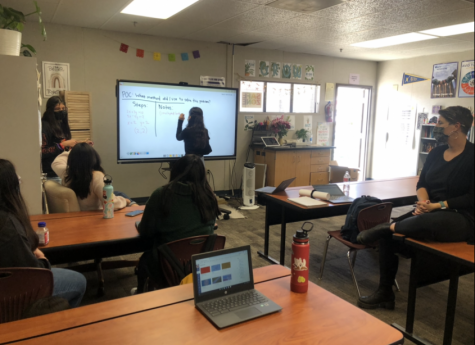
Student Wishes
While teachers try their best to cover all the important information that will benefit us the students, sometimes there are a few things we think would be helpful to know. Some may argue that freshmen, sophomores, and juniors don’t know what exactly they will be learning in the years to come so they can’t really say what they wish to learn when they don’t know what is in store for them, but they do have some opinions on what they think will help them once they graduate from high school.
Out of eight students, half of them said they wished they could have learned about taxes. As a senior, I believe learning about taxes would be very beneficial junior year when we had been going over financial aid.
Bermudez and Hernandez share what they think would be beneficial to learn in their years of AVID.
“Taxes, how to finance our money, manage it. What would be the responsibilities we get as we are older? When we turn 18, what responsibilities will we be given?”
Bermudez would like to learn more about what will happen once we are adults.
Hernandez stated, “Time management and organization. They are already teaching it, but I would like to go more in-depth with it.”
Herrera and an anonymous student shared what they wish they can learn for the next two years.
“They should add a little lesson on taxes. Investments as well,” stated the anonymous sophomore.
Herrera agreed with her classmate, stating, “Mostly taxes; many of us who already graduated probably don’t know about taxes because schools don’t really teach that so learning about taxes will be helpful in the future especially after we graduate.”
Rivera and Gomez both agree that they wish they could’ve learned about, “more relevant skills like emotional intelligence, basic life skills, financial literacy even,” and they also stated, “Outside life. AVID helps us focus but it also makes our life just circle around school and not outside of school. Maybe how to react to stuff, like the whole COVID thing. People were panicking so maybe just life in general.”
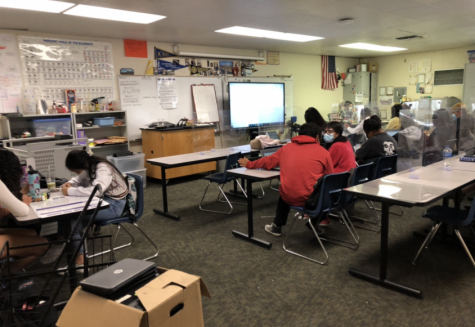
Gomez wants teachers to keep in mind that as students we also have a life outside of school and Rivera stated that they should try to cut back on some assignments that are used just because they aren’t sure what else to give.
“We are busy students. We have a lot of work. If they can assign us lessons that are actually helpful then go for it. But if the lesson is just to fill the time then I hope they rethink their lesson plan,” she said.
Looking back at her years in AVID, senior Jennifer Gonzalez agrees with our junior students, wishing she could have learned, “Definitely how to at least work on taxes, save up, learn how to use and get credit. Outside of school we don’t know anything about real life stuff. It’s a suggestion.”
Nocelotl expresses the same wish as freshman Hernandez.
“I wish I could’ve learned time management because it is a struggle to keep up without a plan.” He also wants teachers to know that they “are doing well in AVID and help out in their own way. ”
Some other students commented that they wish they could have made AVID more relevant and teachers should also emphasize students’ mental health. Overall students need to be reminded of why they do certain things so they can understand what they are gaining, and it can help them feel more motivated. No one does paperwork for fun, not even teachers, so it would be appreciated by all students if teachers could find new, different, and fun ways to get their point across if that’s possible.
Other School AVID Structures & Opinions
Most high schools and even some middle schools offer AVID classes. Middle College High School is a unique school because AVID is a requirement. From the first day of freshman year to the last day of senior year, every MCHS student has an AVID class. The reason why AVID fits MCHS so well is the fact that MCHS is attached to Santa Ana College and every student has taken at least one college course. Because AVID in Middle College is different compared to other schools, does that mean their opinion on AVID is different from ours?
Eighth grader Niala Valdez from Santa Ana Virtual Academy stated, “It’s not a requirement, it’s just my elective. There’s other electives but they gave me AVID.”
After asking if AVID is useful to her she stated, “No because I am not planning on going to college.”
In other schools, they allow students to choose if they wish to take AVID so it is beneficial if they wish to go to college; when a student comes to MCHS it is mainly to help students get ready for college.
A current senior who wishes to remain anonymous says she took an AVID class during her eighth grade year at Portola Middle School. This student stated, “I find it beneficial, yes. Reason being, although I wanted to be other than just a music director/conductor, it had me discover what I really want to do in life. Not just career based, but personally based. You don’t only learn about your career plans or academic dreams, but also discuss your plans in life.”
Unfortunately, they don’t take AVID anymore but it had a great impact on their life and future goals. They are very appreciative that they had the opportunity to take it.
Senior Betsy Garcia from Santa Ana High School gave her perspective about what AVID is in her school.
“I have been taking AVID since my freshman year and throughout right now my senior year. People should join AVID no matter how difficult they might think; at the end of the day your gonna get a lot of useful information to what you dream to be or do in your future life from all honesty I thought AVID was gonna be difficult but then throughout time this class has helped me for the better and I’m proud of myself for not giving up on this class. From my own opinion, be open to this class and you won’t regret it,” she said.
Hariri was previously an AVID teacher at Sierra and she stated that besides them having a choice for AVID, Sierra has a separate room for TRF’s. She goes on to mention that a separate space would be helpful to do activities because they would have more room and once they step foot into that room, all the students would be in the mindset of doing tutorials.
Teacher’s Goals/Wishes:
Hariri’s wish for her freshmen AVID students is, “I would hope my students are going to feel more organized, feel like they have a support system, someone to go to. I want to encourage them to reach out to their teachers, check their grades, teach them how to take notes, be that central part.” Hariri kept expressing that she wishes that students know that they can go to her for emotional help or just for her to keep them accountable for their school work.
Holte’s wish for them is that they think of AVID as home. A place they can be themselves, surrounded by their AVID family. The place where they learn to advocate for themselves and feel empowered to take charg
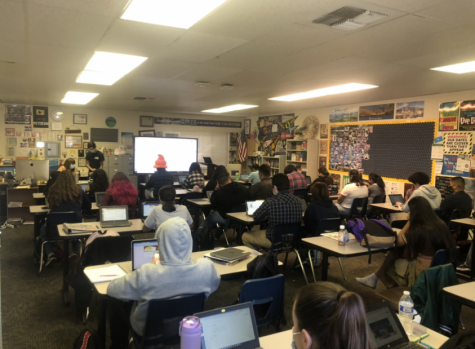
e of their own learning.
Peterson reminds students that, “My main goal with AVID is to help my students feel ready for the application process for college. I want them to pick schools that are a good personal match, not simply picking a school because it is geographically desirable. I want my students to have choices for their future, and I want them to do the best that they possibly can. I encourage them to get good grades, to join clubs, and to do community service… all of which will help them be more desirable to future colleges, but also help make them well-rounded people.” She believes in all her students and wishes them the best.
You said, “AVID is an all-encompassing class that teaches students to be successful in multiple aspects of life. I think we do take the program for granted at times because the whole school is involved. In my former school, students and teachers had to be selected to be in AVID. I just hope the students are patient with me.”
We all need to appreciate our teachers and should let them know they are doing a great job; even teachers need reassurance. All AVID teachers try their best to create a safe space where students can get help without being afraid to ask.
Things to Keep in Mind
MCHS is a unique school that offers AVID. AVID can benefit all students if they let it benefit them. As mentioned by some of our teachers, we often take AVID for granted but if we didn’t have access to AVID then we all would notice how much it was actually doing; how it was actually making the process of looking for a college and future career and anything to do with the future making it easier. A lot of students like Mendoza, Gomez, and Nocelotl mentioned that if they had the choice of choosing AVID they would because they see real progress and benefits from it. We need to take time to appreciate the privilege to have AVID as well as our teachers who are helping AVID become what its goal was from the beginning and creating a safe space.
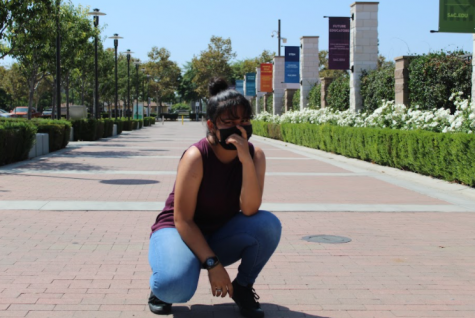
I have a pet bunny and turtle, I have only been to Mexico once, and I will hopefully graduate with four AA’s.
































